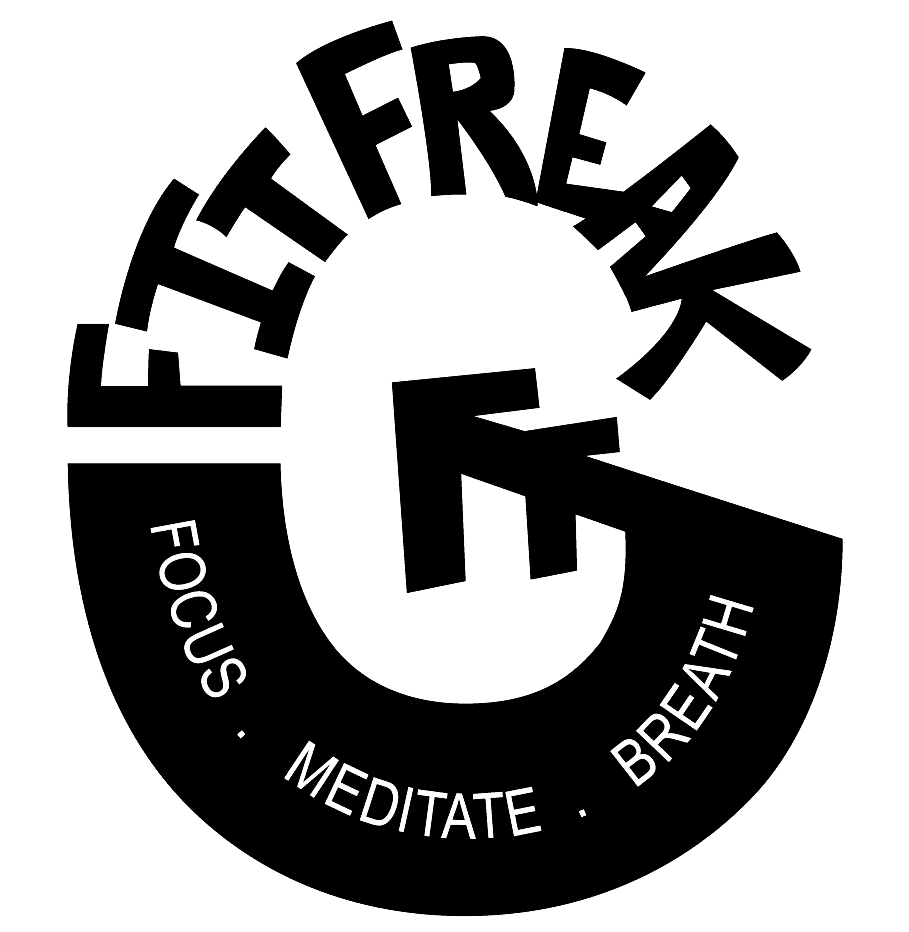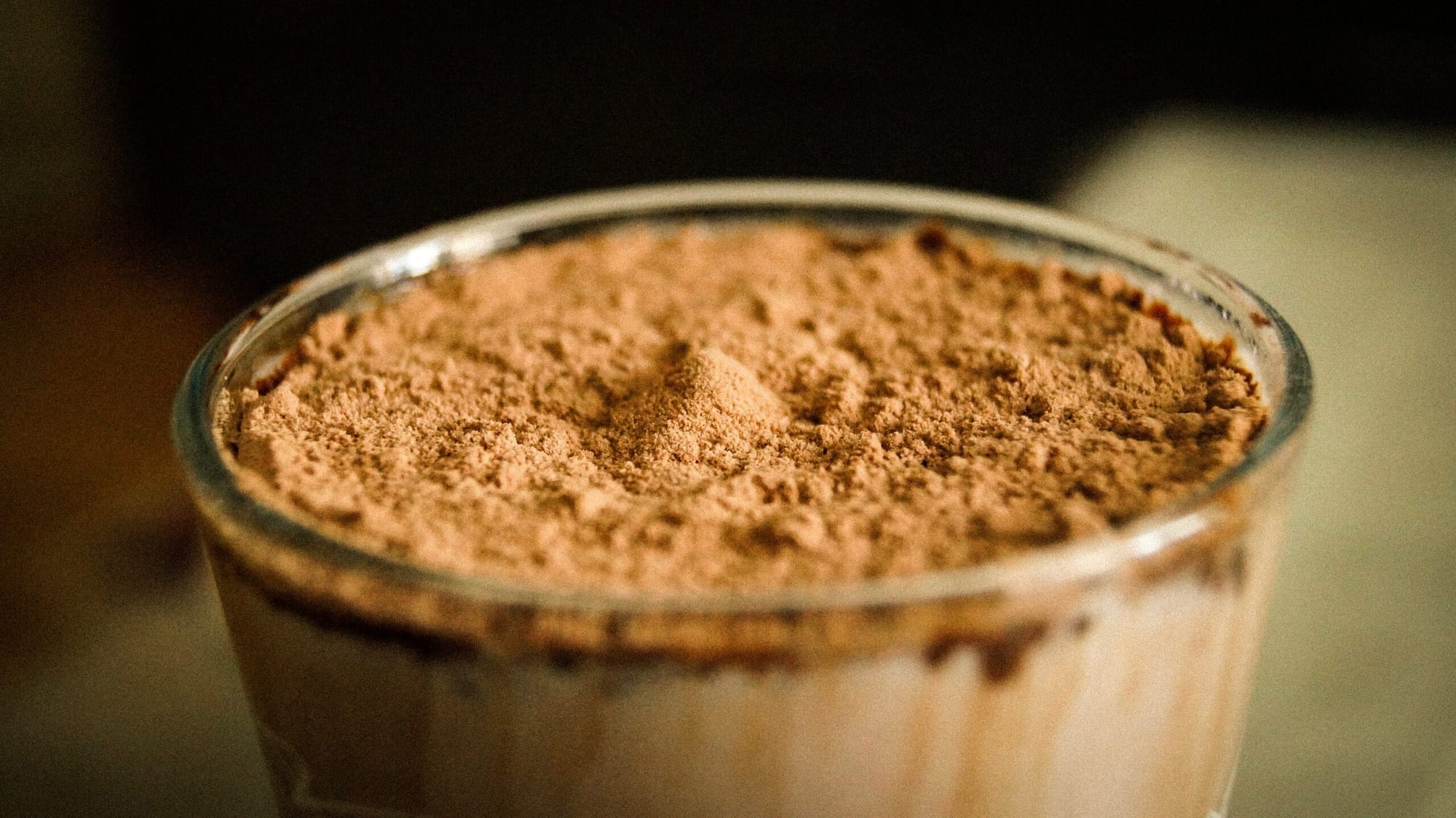What is Whey Protein: Is whey protein safe? Is whey protein natural? The Ultimate Guide to Boost Your Fitness Goals, Whey Protein 101
Whey protein is a type of protein that is derived from milk. It’s a popular supplement among athletes and fitness enthusiasts who are looking to build muscle, lose fat, and improve their overall health. But what is whey protein, what are the different types of whey protein, whey protein benefits, whey protein side effects, is it natural, and how does it work? In this article, we’ll answer those questions and more, and provide you with the ultimate guide to whey protein.

What is Whey Protein?
Whey protein is a fast-digesting protein that is derived from milk. It is considered a complete protein, which means it contains all the essential amino acids that our bodies need. Whey protein is commonly used as a dietary supplement to help build muscle and improve athletic performance. It is available in various forms, including powder, bars, and shakes.
Types of whey protein and their differences:
Now that you have learned what is whey protein. Learn about the Types of Whey Protein There are three main types of whey protein: concentrate, isolated, and hydrolyzed.
- Whey protein concentrate (WPC): Whey protein concentrate or raw whey protein is the most common form of whey protein. It is typically 70-80% protein by weight and contains small amounts of fat and lactose. This is generally the cheapest among the others. Because of this, it is extremely popular, especially in the Indian market and it gets really hard to find a trusted budget Whey protein in India in 2023. To help you, I have listed my personally used whey proteins in the last 7 years you can check them out here.
- Whey protein isolate (WPI): Whey protein isolate is a purer form of whey protein, with 90-95% protein by weight and minimal amounts of fat and lactose.
- Whey protein hydrolysate (WPH): Whey protein hydrolysate or Whey protein hydrolyzed is a pre-digested form of whey protein that is broken down into smaller peptides for faster absorption.
If you are thinking about which whey is correct for you and to understand the complete comparison between whey protein concentrate, isolate, and hydrolyzed. Please check out Concentrate Whey vs Isolate whey vs Hydrolyzed whey. In this article, you will get to know the in-depth comparison between all three of them and you will also learn the benefits and side effects of each whey protein.
Whether you’re looking for a balanced source of protein and nutrients, a low-carb protein source, or a quick source of protein before or after a workout, there’s a whey protein that’s right for you.
Is Whey protein good for you? Is Whey protein natural?
Is Whey Protein Safe? This question must have popped up in your mind as well at least once.
Is Whey Protein Safe? This question must have popped up in your mind as well at least once.
To understand this question we first need to understand, ‘is whey protein natural?‘
Whey protein is a natural by-product of cheese production. The liquid that is left over after the cheese has been made is processed to remove the lactose and fat, leaving behind a concentrated form of whey protein. So, in a sense, whey protein is natural in other words it is completely safe.
However, as always there are always exceptions in every case. So, let’s learn What are the benefits of Whey Protein and Whey protein side effects.
Benefits of Whey Protein:
As for the benefits of Whey protein, it has numerous benefits for athletes and fitness enthusiasts. Some of the most significant benefits are:

- Building muscle: Whey protein is a fast-digesting protein that can help build and repair muscle. By consuming whey protein before or after a workout, you can help support muscle growth and recovery.
- Losing fat: Whey protein has been shown to help increase feelings of fullness, which can lead to reduced food intake and weight loss. This also helps greatly in weight maintenance.
- Improving athletic performance: Whey protein can help improve athletic performance by providing the body with the essential nutrients it needs to perform at its best.
- Boosting immunity: Whey protein is rich in immunoglobulins, which are antibodies that help support our immune system.
Side Effects of Whey Protein:
- As it contains lactose it may cause digestive discomforts, such as bloating, gas, and diarrhea. If you are lactose intolerant.
- It Can lead to an allergic reaction in some individuals.
- It May interact with certain medications, such as blood thinners.
- It Can lead to kidney damage in people if they have pre-existing kidney problems.
Final Thoughts Whey protein is safe and a natural by-product of cheese production and is a popular supplement among athletes and fitness enthusiasts. It offers a number of benefits, such as helping to build muscle and improve muscle recovery, aiding in weight loss, and promoting the growth and repair of tissues throughout the body. However, everything has its own side effects as well, such as digestive discomfort, allergic reactions, and interactions with certain medications. Before starting any new supplement regimen, it’s important to consult with a nutritionist or a doctor to ensure that it is safe and effective for you.
How to Take Whey Protein:
Now you must be thinking about how to take whey protein. or when to take whey protein.
Whey protein can be taken as a powder that is mixed with water or any other liquid. It can also be added to smoothies, baked goods, or other foods to increase their protein content. It doesn’t really matter how you are taking the whey protein.
As for When to take whey protein. Some people take it before a workout and some after a workout. It’s recommended to consume whey protein before or after a workout, or as a snack throughout the day. However, personally, I would suggest you take a scoop of whey protein right after your workout under 60min.
The reason is when you work out your muscle tissue breaks. Your body starts the recovery process right there and if it doesn’t get enough protein it will halt your recovery process and you might not get as good a result as you could have gotten.
The recommended serving size is typically between 20-30 grams, but it’s important to consult with a nutritionist or a fitness trainer to determine the best amount for your individual needs.

Conclusion
Conclusion Whey protein is a fast-digesting protein that is derived from milk. Whey protein is a natural by-product of cheese production. It is a popular supplement among athletes and fitness enthusiasts who are looking to build muscle, lose fat, and improve their overall health. With its numerous benefits and easy-to-use form, whey protein is an excellent addition to any fitness routine.
There are three main types of whey protein: concentrate, isolate, and hydrolyzed. Each type of whey protein has its own unique benefits and differences, and the best option for you will depend on what is your individual needs and goals.
Just remember to consult with a nutritionist or a fitness trainer before starting any new supplement regimen to ensure that it is safe and effective for you.
FOCUS. MEDITATE. BREATH. Go Fit Freak.








8 Comments